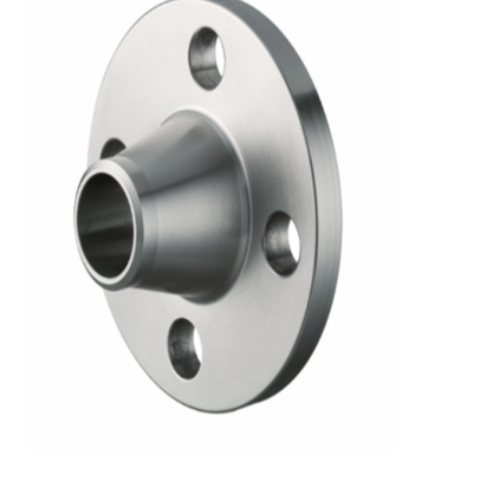Understanding the Features and Benefits of Screwed Flanges in Piping Systems
The Significance of Screwed Flanges in Modern Engineering
In the realm of modern engineering, connections are key to maintaining the integrity and functionality of various systems. Among the various types of fittings and fasteners, screwed flanges play a vital role in ensuring secure and leak-proof connections in piping systems. This article will delve into the design, applications, advantages, and common challenges associated with screwed flanges in order to highlight their significance in the field of engineering.
Understanding Screwed Flanges
Screwed flanges are circular mechanical components that are used to connect pipes, valves, and other equipment in a piping system. They are characterized by their threaded connection, which allows them to be easily screwed onto the corresponding threaded pipe ends. This design not only simplifies the installation process but also enhances the flexibility of the piping system by allowing for easy disassembly when maintenance or modifications are required.
Design and Material Considerations
The design of screwed flanges must accommodate various factors such as pressure, temperature, and the type of fluid being transported. Typically made from materials like carbon steel, stainless steel, or ductile iron, these flanges can withstand diverse operating conditions. They are available in different classes, sizes, and pressure ratings, making them suitable for a wide range of applications. Additionally, the surface finish and coating of screwed flanges can also vary based on their environmental exposure, further enhancing their durability and performance.
Applications of Screwed Flanges
Screwed flanges find utility in multiple industries, including oil and gas, water treatment, chemical processing, and power generation. In these sectors, systems often face varying pressures and temperatures, requiring robust and reliable connections. For instance, in oil and gas pipelines, screwed flanges enable rapid assembly and disassembly, facilitating routine inspections and repairs without extensive downtime.
In water treatment facilities, where the integrity of the flow is crucial, the leak-proof design of screwed flanges ensures that contaminants do not compromise the purity of the water supply. Similarly, chemical processing plants benefit from the ability to customize and adapt their piping systems using screwed flanges, allowing for versatility in operations.
screwed flange

Advantages of Using Screwed Flanges
One of the primary advantages of screwed flanges is their ease of installation. Unlike welded flanges, which require specialized training and equipment, screwed flanges can be installed with minimal tools, making them a more cost-effective option for many applications. Their disassembly capability is another significant advantage, as it allows for flexibility in maintenance and repair operations without the need for extensive rework.
Moreover, screwed flanges offer high resistance to vibration and thermal expansion, making them suitable for environments where such factors could compromise connection integrity. Their ability to maintain a secure seal under varying conditions also adds to their appeal in many industries.
Challenges and Considerations
Despite their numerous advantages, screwed flanges are not without disadvantages. One of the primary concerns is their susceptibility to leakage if not properly installed or if subjected to excessive forces. Proper torque specifications during installation are crucial to maintaining a secure seal. Additionally, over-tightening can lead to stripping the threads, compromising the connection's integrity.
Moreover, the compatibility of the materials used in screwed flanges and the connected piping systems is essential. Incompatible materials can lead to galvanic corrosion, resulting in premature failure of the connection.
Conclusion
Screwed flanges play a quintessential role in the engineering landscape, providing reliable and adaptable solutions for connecting piping systems across various industries. Their ease of installation, disassembly, and ability to maintain secure connections make them a popular choice among engineers and technicians. However, proper installation techniques and material compatibility are critical to addressing the challenges they may present. As industries continue to evolve, screwed flanges will undoubtedly maintain their relevance as a fundamental component in secure and efficient piping systems, highlighting their enduring significance in modern engineering.
-
The Key to Fluid Control: Exploring the Advantages of Ball Valves in Industrial SystemsNewsJul.09,2025
-
The Versatile World of 1, 2, and 3 Piece Ball ValvesNewsJul.09,2025
-
Stainless Steel Ball Valves: The Ideal Choice for Efficient Flow ControlNewsJul.09,2025
-
Optimizing Fluid Control with Ball Float ValvesNewsJul.09,2025
-
Manual Gate Valves: Essential for Control and EfficiencyNewsJul.09,2025
-
Everything You Need to Know About Butterfly ValvesNewsJul.09,2025
-
The Versatility of Wafer Type Butterfly ValvesNewsJul.08,2025




